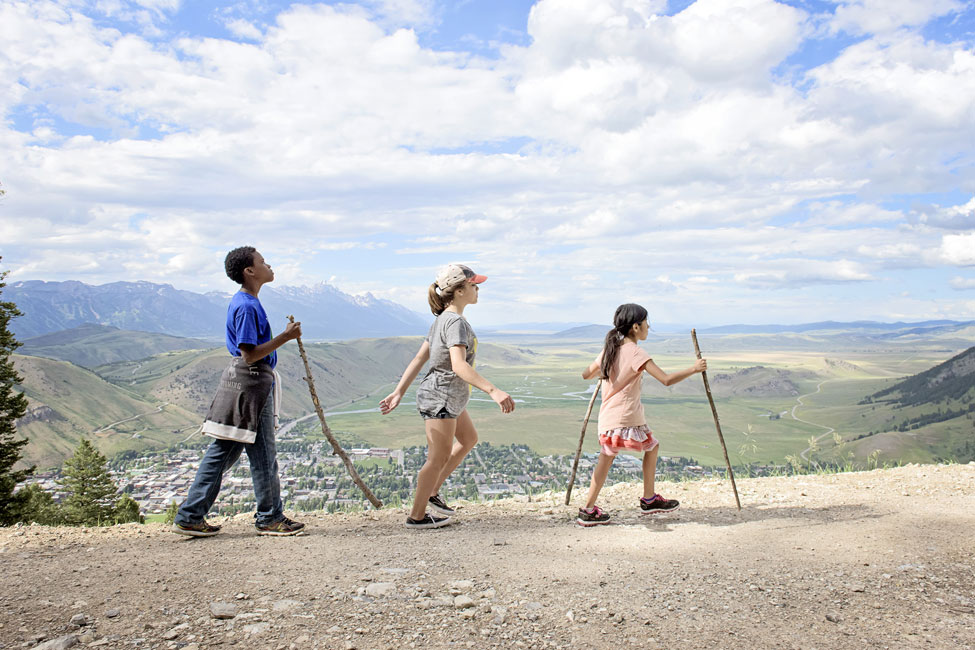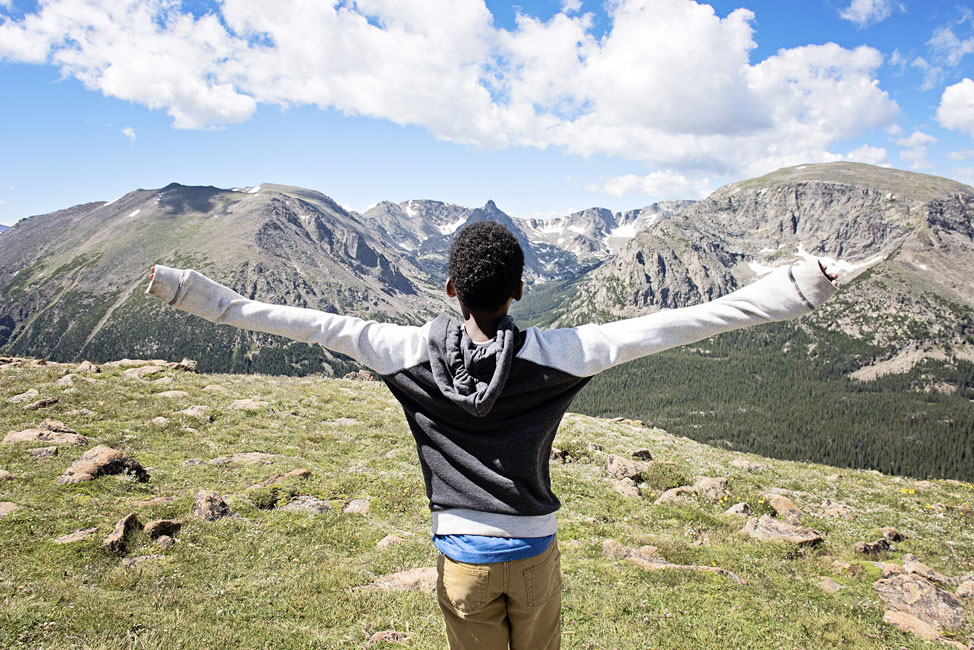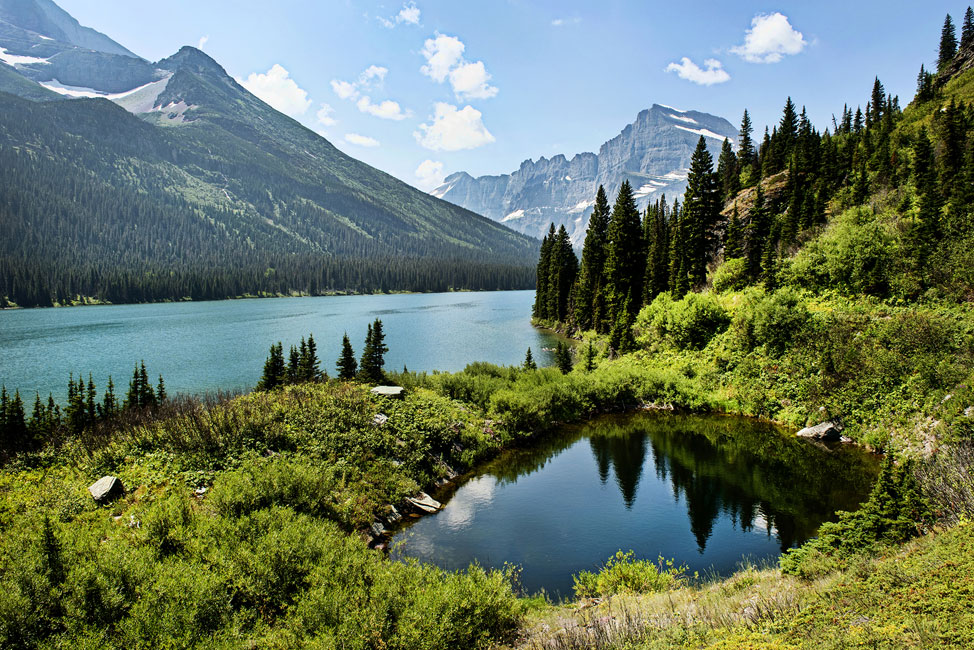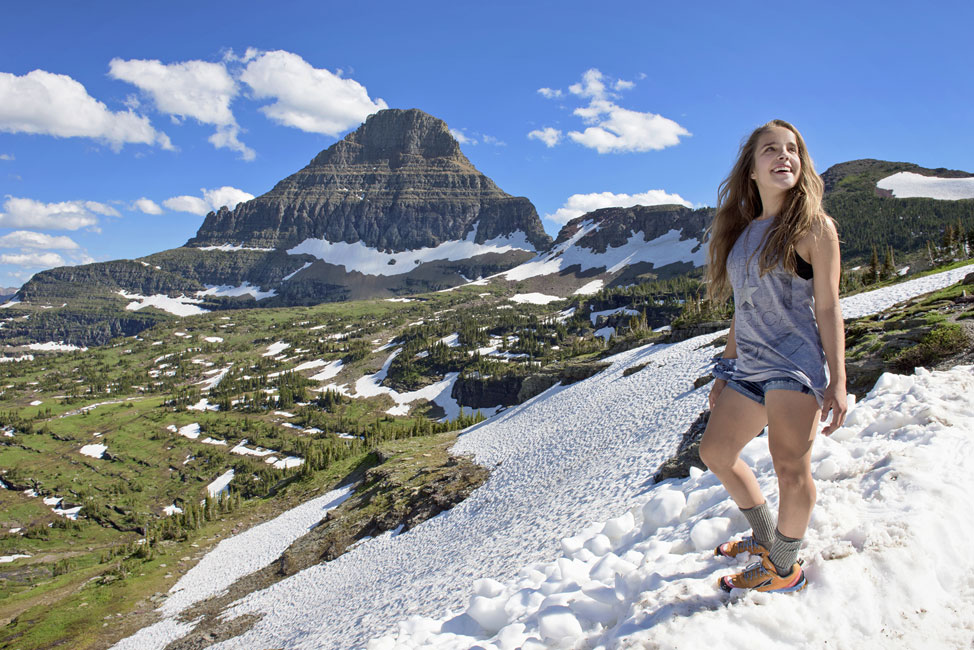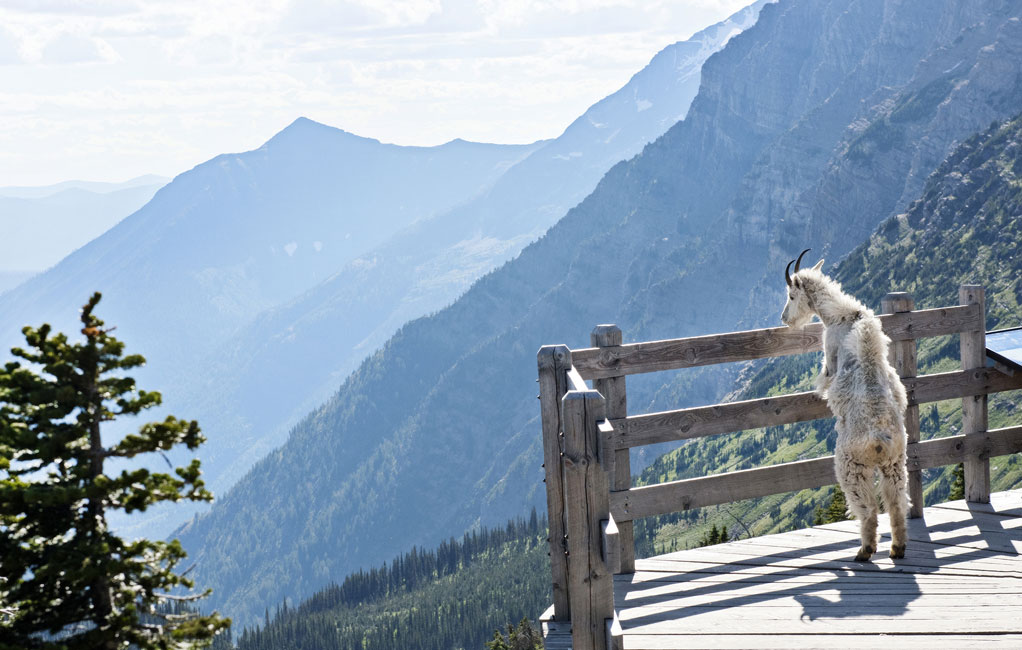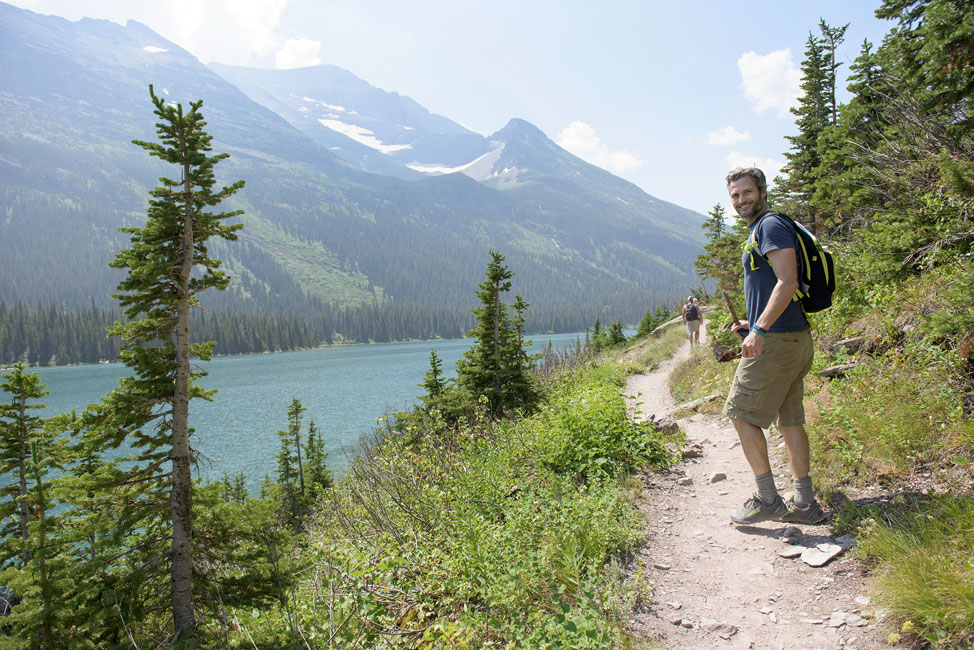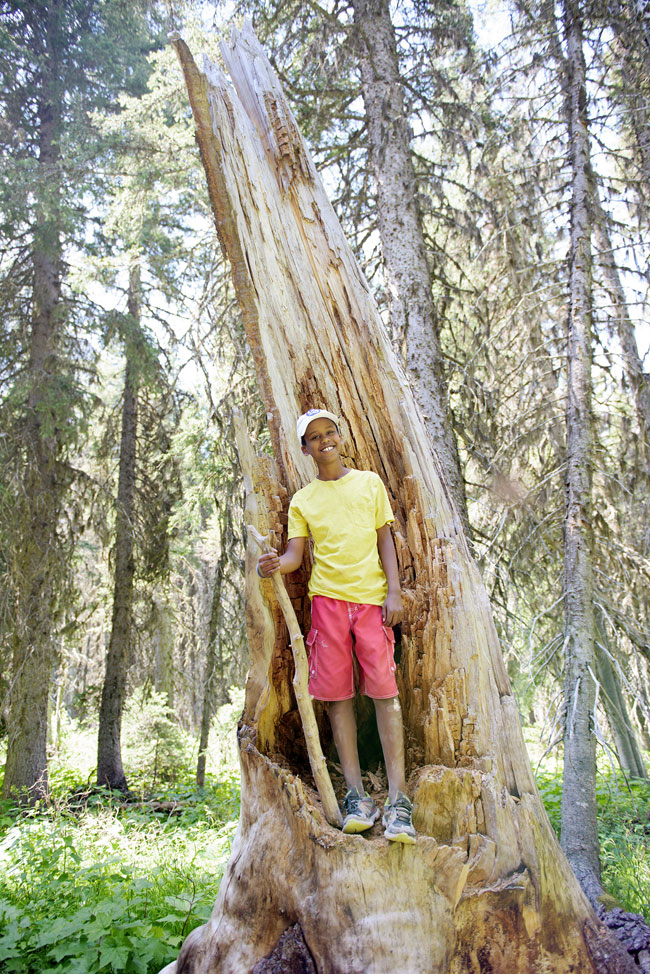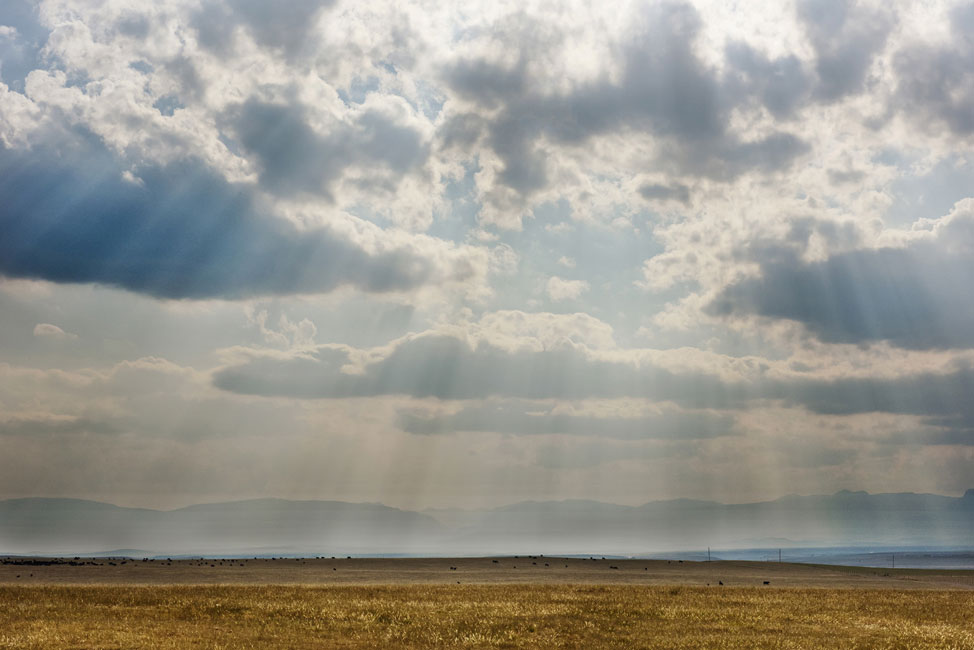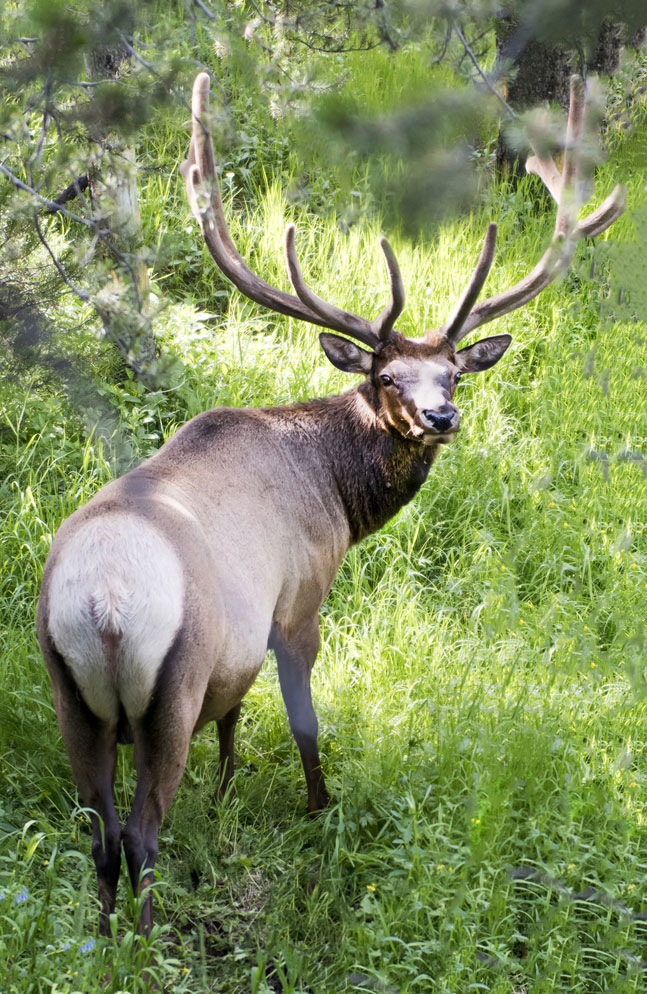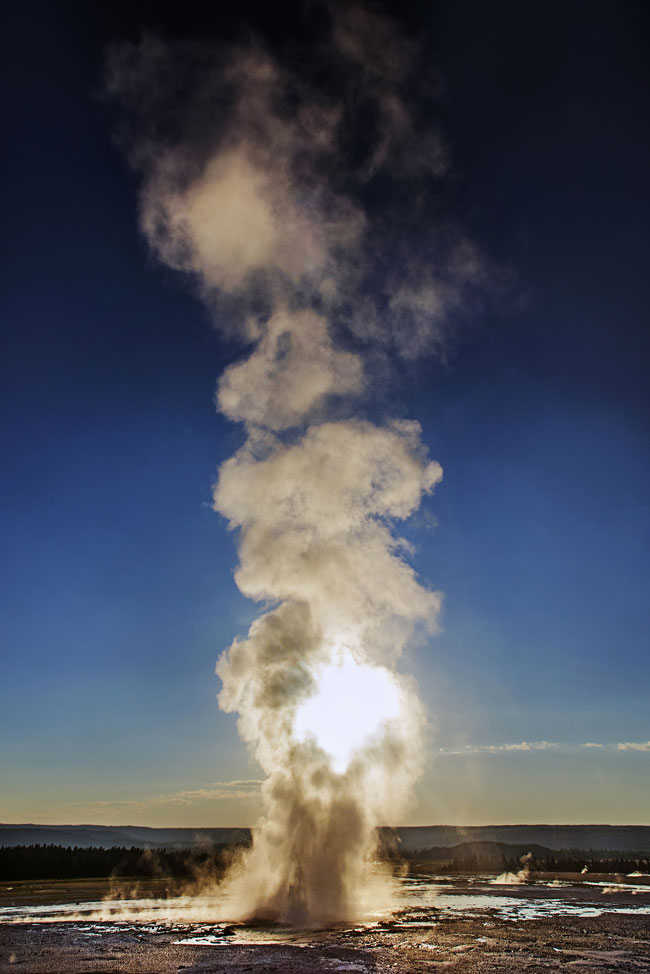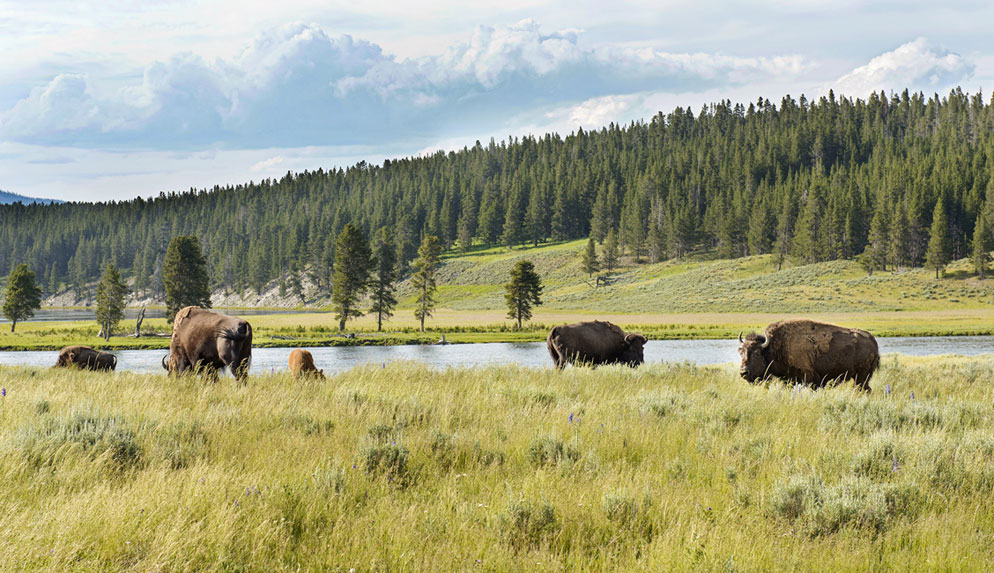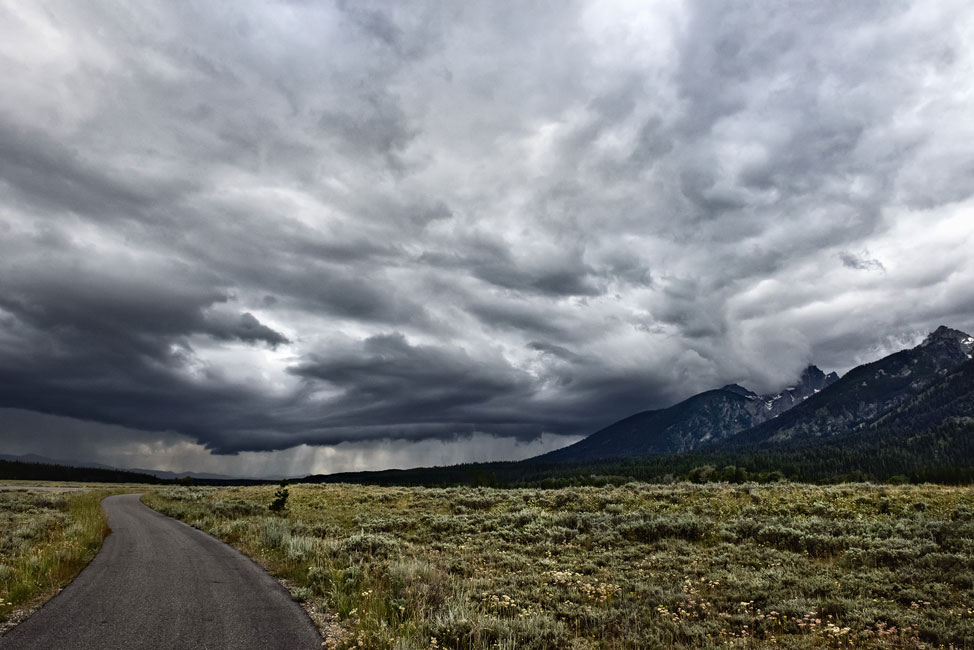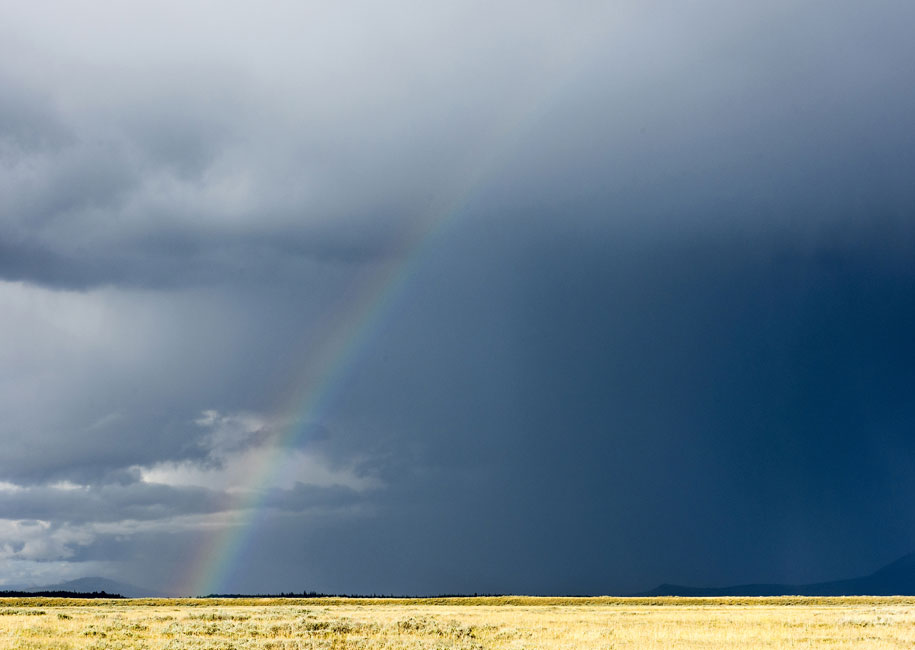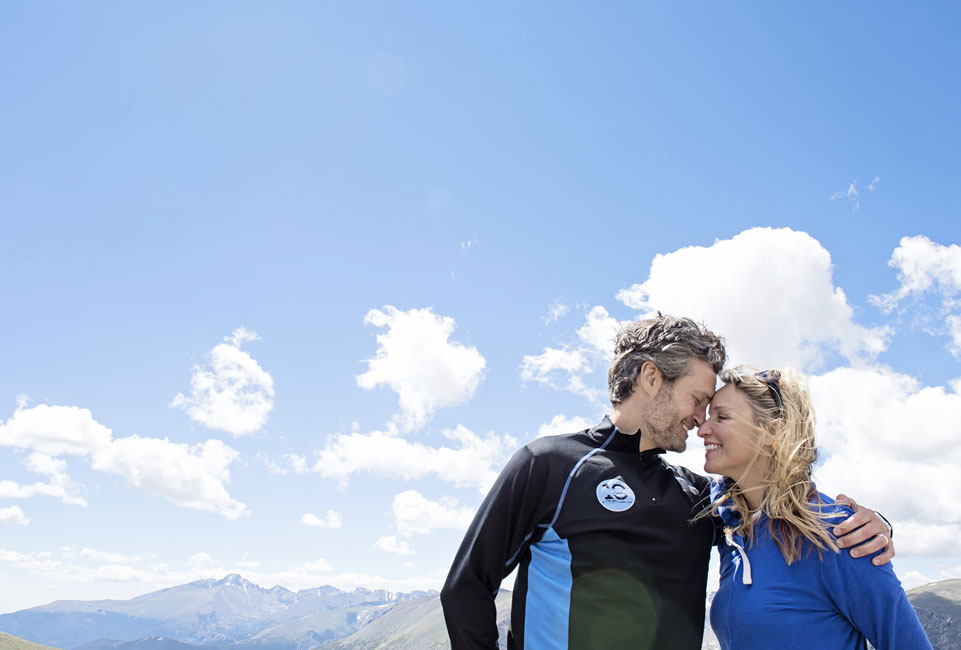For Memorable Family Vacation Photos, Focus First on Family
Not too long ago, Tamara Lackey and her family headed west on a month-long trip that took them to four national parks. Tamara is a lifestyle photographer, and a Nikon Ambassador, and she's best known for her environmental portraits of children. When we heard about the trip, we wondered how big a part photography would play in the family's adventure.
On vacation we all want to capture mages of the destination, details of the location, the family's experiences and discoveries. But we also want to relax and enjoy all these things and not be compelled or distracted by picture-taking.
So we checked in upon their return to find out how Tamara balanced photo with family.
"When you're traveling with family, taking a lot of photos does not sync up with the ideal time to take them," she says. "If I'm doing a photo tour or I'm on an assignment, I'm going to be up at first light to get the best-looking sunrise images, and I'll try to get out at twilight for sunset light." Neither of which will work well on vacation. "You can sneak out a couple of times," she adds, "but for the most part there need to be concessions."
With that in mind, Tamara's plan was to make the vacation a family holiday she would document rather than a photo trip that happened to include her family.
Gearing Down
Perhaps the most important shift in thinking concerned the equipment she'd carry. "I did not bring all the gear I would have loved to bring," she says. "I brought one camera and one lens—the D810 and the 24-70mm f/2.8 [AF-S NIKKOR 24-70mm f/2.8G ED]." She added a Nikon circular polarizer for the lens, a dozen 32-gig memory cards (half SD and half CF), a laptop and a 1-terabyte external hard drive.
The 24-70mm proved a good choice, but there were times a second lens would have come in handy. "I felt large twinges of regret that the 70-200mm f/2.8 [AF-S NIKKOR 70-200mm f/2.8G ED VR II] wasn't there when we were in Yellowstone and were just a little too far away for wildlife I knew I could get with that lens."
Tamara suggests that if you opt for a one-lens limit and the 24-70mm isn't your choice, you might consider the AF-S VR Zoom-NIKKOR 24-120mm f/3.5-5.6G IF-ED or the AF-S NIKKOR 28-300mm f/3.5-5.6G ED VR. "And one thing I would recommend for people interested in doing something similar to what we did is renting gear for a few days in a specific location—like Yellowstone, for example, where most of the time you're getting places by car and pulling over to see the wildlife. In a situation like that a little more gear won't be cumbersome."
As important as the scaled-down kit itself was access to it.
"I carried a small padded pack that's got a very quick-draw functionality," Tamara says. "It was just a matter of grab, shoot and keep going."
Packing light was a good decision all around. "Taking one camera and one lens forces you to get very creative," Tamara says. "You're figuring out ways of getting the shots you want—mostly that meant zooming with your feet. And you're often trekking farther into an area and getting more and better pictures than you would if you had a full gear pack."
Sophie's photo of Steve and Tamara in Rocky Mountain National Park. "She's watched all my videos," Tamara says, "and she's very big on composition and the rule of thirds. It's a perfect kid's point of view shot." D810, AF-S NIKKOR 24-70mm f/2.8G ED, 1/320 second, f/9, ISO 320, manual exposure, center-weighted metering.
I think that by really experiencing the adventure, you're going to find yourself in situations where you're going to get cooler stuff than if you planned it perfectly.
Letting Go
In vacation mode, no matter how serious you are about photography, family comes first, photos second. Which means many photos may well look like snapshots—good ones, but snapshots nonetheless. The light may not be ideal, and you can't return to the location when it is. Or you can't spend the time to explore all the possibilities of a scene. Simply, many of the methods an enthusiast or a pro uses and depends on don't apply when you're on holiday.
"I think you just have to get comfortable letting some of the ideal situations go," Tamara says, though she does suggest that enthusiasm in the moment will pay off in memorable and meaningful pictures. "I think that by really experiencing the adventure, you're going to find yourself in situations where you're going to get cooler stuff than if you planned it perfectly."
Tamara benefited by her kids—Ana Elisa, Caleb and Sophie—definitely being into the trip.
"When kids are having their own experiences, and it's not a photo shoot, that makes a big difference. This never became a portrait session or a series of portrait sessions. This was their hiking and exploring and seeing things, and I was getting images. They're in some of them and not in a lot of them. It was a very free feeling for them—candid and spontaneous."
And they had their own camera as well, a Nikon 1 V3 with a 1 NIKKOR VR 10-30mm f/3.5-5.6 lens. " Sophie did a lot of shooting with it, and it got passed around. That was fun—they definitely jumped out and wanted to get their own shots."
Choosing Well
It was a brilliant idea from the start: they'd take time to explore and appreciate the beauty of the landscape as they drove from Glacier to Yellowstone, then on to Grand Teton and finally Rocky Mountain National Park.
"We had wanted to do this for a while—kind of a summer of slowly moving through the national parks," Tamara says. "I had a workshop I was teaching in Seattle that happened to coincide with the kids getting out of school. We picked up a car in Seattle and made our way to the parks until we got to Denver, where our park tour ended.
"It was extraordinary, seeing all this space, this grandeur, right here in our country. I hope everybody gets a chance to see it."
Family Travel Tips $
-
Packing less can mean seeing more.
-
Family comes first, photos second.
-
Make sure the camera is easily accessible.
-
Two words for making camera settings: quickly, confidently.
-
Three words for making camera settings: consider program mode.
-
Spontaneity rules, and candids beat poses.
-
Give the kids a camera.

